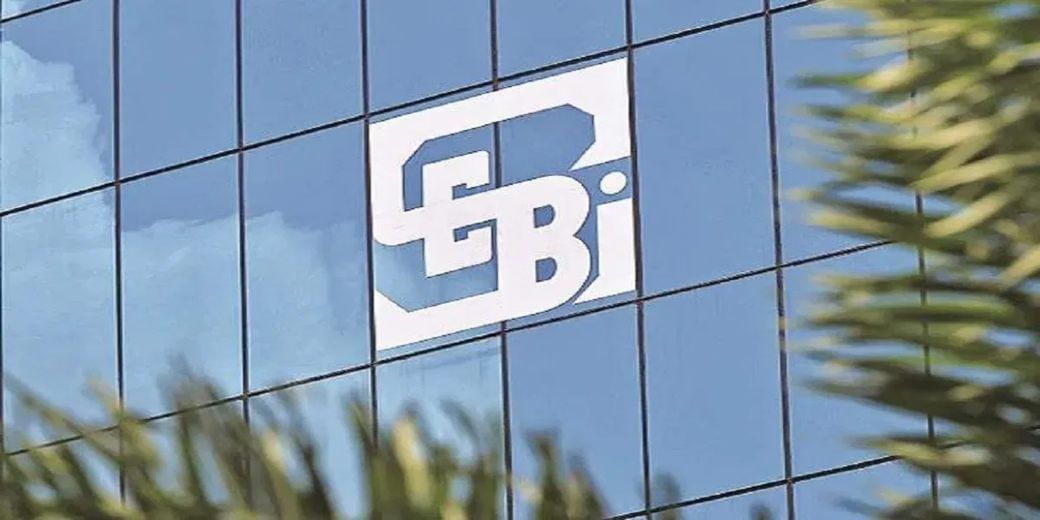SEBI wants to tackle suspicious market activity and unpublished price sensitive information
UPSI refers to any information that concerns the company and its securities. This is generally not available for public access.
- Ira Purnaik
- Last Updated : May 21, 2023, 16:55 IST

After contemplating lowering the expense ratios for mutual fund unitholders, SEBI is planning to launch an attack on dubious market trading. It has also put out a paper inviting remarks on how to redefine unpublished price sensitive information. Read on to get all your questions answered on both these aspects.
What is unpublished price sensitive information? UPSI refers to any information that concerns the company and its securities. This is generally not available for public access. However, if such information is made accessible to all, it can significantly influence (either positively or negatively) the price of a company’s shares in the stock market.
Some examples of such information can include earlier than scheduled intimations of a company’s financial results, mergers, de-mergers, changes in its key personnel and more.
Why is SEBI expanding the definition of UPSI? Currently, there is no uniformity on the determinants of UPSI. SEBI expects each listed entity to exercise their own judgment in this regard. However, the regulator found glaring inadequacies in its interpretation by various companies. Hence, the definition is being expanded to bring uniformity in this regard.
A SEBI study of 1,100 press releases of top 100 listed companies between January 2021 and September 2022 revealed that in the wake of 227 cases, the price movement was a significant 2%+. But only 18 press releases out of these classified this information as UPSI. And out of all releases, only 1.64% releases were categorized as UPSI
Why is this important? This has serious implications for insider trading. Once information is distilled on some quantitative parameters that determine its impact on stock prices, there is bound to be greater standardization and uniformity in terms of the data companies consider sensitive.
What is happening on the suspicious trading front? Challenged by sophisticated fraudsters who use advanced, trace-free methods to dupe the market, SEBI is coming up with a framework that puts the onus of explanation on the user. In case he/she is not able to come up with an effective justification of their action, they will be penalised per SEBI norms.
What prompted the push? In 2022, the regulator saw 5,000 alerts of suspicious trading generated from 3,588 entities. Even for cases that were taken up for investigation, many fell apart due to lack of evidence and clear definitions around USPI.
So, Now what? According to SEBI, any collective instances of unusual trading patterns (UTP) and material non-public information (MNPI) will be deemed suspicious. If the entity in question is not able to defend themselves adequately, SEBI will charge them accordingly.
UTP denotes a repetitive trading activity taken by individuals or groups that lead to major changes in the price of one or more securities over a period of time. Additionally, it also covers trading activities that have resulted in gaining abnormal profits or avoiding abnormal losses.
MNPI refers to any information about a company that is not generally available, but when made public, impacts the security’s price substantially. This can come via social media influencers as well.
Download Money9 App for the latest updates on Personal Finance.
Related
- खुला है निप्पॉन इंडिया का रियल्टी और ऑटो सेक्टर का NFO, 28 नवंबर को होगा बंद
- अब कोचिंग सेंटर नहीं दे पाएंगे भ्रामक विज्ञापन, सरकार ने जारी की नई गाइडलाइन्स
- BOB Card से खरीदारी पर यहां मिल रहा बंपर डिस्काउंट, फ्रिज, टीवी, एसी पर 45,000 रुपये तक बचत
- EPF, ESIC और EPS में बड़े बदलाव की तैयारी में सरकार, बढ़ा सकती है बेसिक सैलरी लिमिट
- वेस्टर्न कैरियर्स के IPO में लगाने जा रहे हैं पैसे? यहां जान लें पूरी डिटेल
- Mercedes-Benz जल्द लॉन्च करेगी नई E-Class कार, सेल्फी कैमरा के साथ मिल रहे हैं कई दमदार फीचर्स

